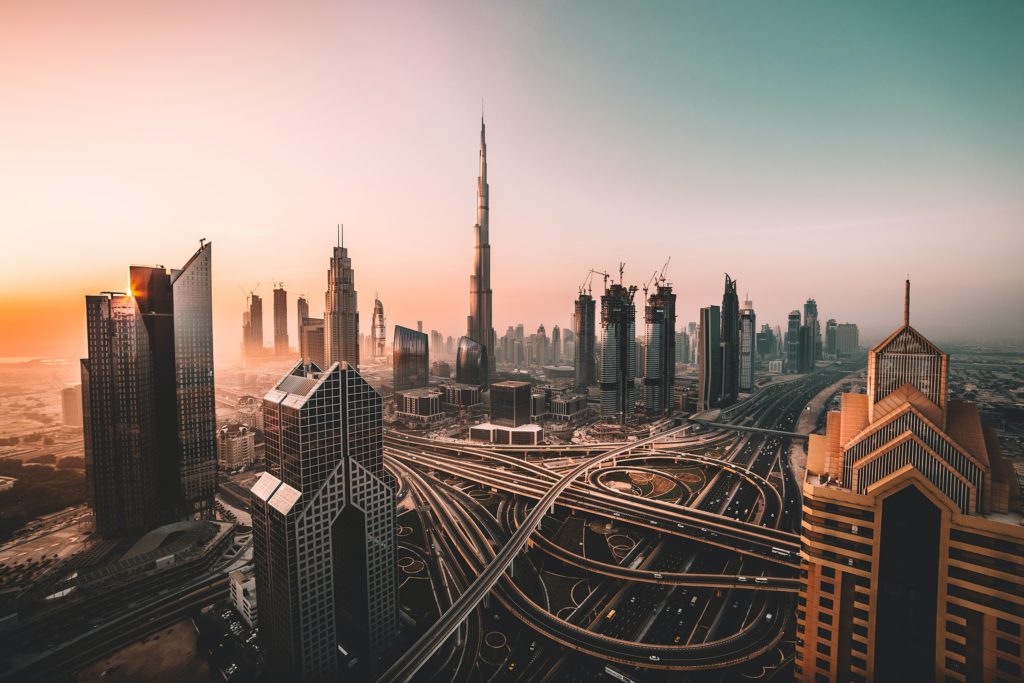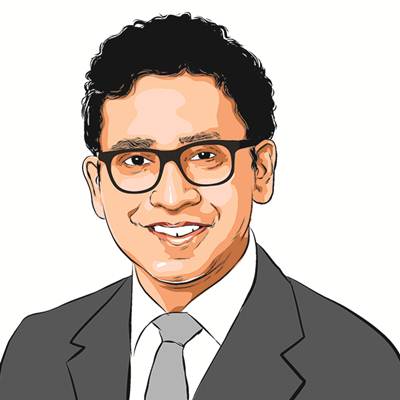Note: This was drafted alt least a month before and posted on 23rd May 2020, two days before the Floyd killing occurred (25th May 2020). I have pointedly left off the US, because it was inevitable. In other countries mentioned, instability ranged from possible to probable.
Is this the Big One as they say for Economy, Finance and Society
Since 1998 was working in Wall Street. A lot of my work involved Risk in billion dollar portfolios. Most people, look at the upside, but because of my work started looking at the downside and its effects. By 2003 or so there was some focus on what is called fat tail risk, a higher than normal probability of the downside. By about 2005 or the chatter was about a collapse of the housing market, i.e. Mortgage Backed Securities (MBS). Then 2008 Financial collapse happened. However, the underlying economic structural issues were not fixed. The Too Big to Fail Bankers (TBTF) and oligarchs were bailed out and the average joe hung out to dry. Those who predicted the 2008 Financial crash, once again warned of a knock on on Finance/Economy would make the dominoes fall and much bigger financial crash. The Covid-19 Pandemic is a sledge hammer, shattering the dominoes.
As seen financial collapse was expected and predicted. Even the pandemic was not unexpected. These are not Black Swans, i.e. unexpected events.
To quote from 2011 article by Matt Stoller
And while this may not be hitting the elite segments of the economy right now, there will be no escape from a flu pandemic or significant food shortage. The re-engineering of our global supply chain needs to happen—and it will happen, either through good leadership or through collapse.
Couple of Points/Factors to think About
The Virus War: Make no mistake, this is the real war on Terror. The enemy is invisible, insidious and within. Normally wars have some breathing space, bombs fall and then a few days of respite. This war is like water torture a continuous drip drip of sickness and death. Eventually fatigue sets in, and many become immune to the daily numbers of sickness and death. The Stalinist “A single death is a tragedy, a million deaths is a statistic” becomes the reality, with the death of humanity.
Nation State: Democracy, mature or not is not a panacea in this kind of crisis. The nation state with the population vested in sacrifices for their common good and destiny is the most well placed to ride out this crisis (eg Korea, Taiwan). Unhappily, globalization has eroded the common purpose of a nation state. At the upper end of society, the educated and high wealth are vested in the nation coming together. The fault lines are at the lower end of society. Semi-skilled and unskilled are pitted against immigrants. The poor are divided by racial lines. This part of society has no vested interest in a democracy or a nation state.
eg. Singapore Fault Lines: The unskilled immigrant low paid labor (1.1 million, 20% of the population) were out of sight, and out of mind. Singapore seemed to have stopped the spread as of March 23, 509 cases and 2 death. The numbers started then exploding, April 23 a single day, the new cases were 1,037. 55 Singaporeans and 982 low skilled immigrants.
Supply Lines: As the unskilled and semi-skilled, low wage workers start to fall sick, expect supply line disruption. That is food and essentials delivery from warehouse to the local grocery store or supermarket. Maybe an essential pin to fix your motor is no longer available. Workers in distant Banana Republics, working for multinationals like Dole are going to fall sick and no longer work.
City vs Rural: Cities are dependent on food supply lines, power and water to name the least. Resources are dependent on City/Local govt. Sense of community, is questionable. Rural communities on the other hand for the most part can be self sufficient assuming they have one critical resource, water available locally. Obviously, suburban are intermediate, once again the critical factor being locally available water.
Now to look at a few countries, and their strengths or vulnerabilities based on the above four factors.
NOTE: These are NOT PREDICTIONS. Factors and issues to think about,
Sri Lanka (my Home country)
Positives:
80% Rural with most rural having locally available water. Even meat, i.e. hunting (against the law) is becoming quite common (supply lines). Older generation (over 60’s) has been thru this in 70-77 i.e. Economy collapsed, and we had to be self reliant.
Middle
Nation State: In 2009 a nationalistic govt ended a 30 year separatist war. After loosing elections in 2015, the nationalistic govt is back in power in Nov 2019. I think they will ensure Nation State, by jack boot if necessary.
Negative:
City dwellers, specially in the high rises (6 -10 floors I think) for former slum dwellers. Will there be power to supply water to the overhead tanks. Will this part of society fracture.
To me the biggest threat is nearby India. not as in the Govt sponsored invasion. What is to prevent a couple of hundreds of fishing boat making a concerted rush to Sri Lanka. This not without historical precedent, in the 50’s to 70’s there were many illegal immigrants from India.
UK
Positives
An economy and reserves, with right policies can mitigate the economic downsides.
Suburban towns that border large estates. i.e sheep and other food sources.
Negatives
The cities with immigrants and non English citizens not buying into the nation state
New Zealnd
The perfect place to wait out the Pandemic
Positives
Far away from the rest of the world. Self sufficient in food. More sheep and cattle than people.
Negatives
The Maori (15% of population) + Pacific Islanders (5% ?). The Haka is the cool dance of NZ/Maori and the All Blacks. But many forget that Maori are warlike, and the Haka peruperu is a war dance.
If things go bad, are the Maori going to buy into a Nation state run by the Pakeah. (The cracks are there already)
Hedging Your Risk
Since 2005 I have advised friend and family specially in the US not to rely on house value, 401K, but to go for gold and rural property with own water source.
It is still not too late for gold as a hedge. That is even with the price of USD 1,800/oz (May 23 2020). Not much can be done with house, unless you are able to get a home equity loan. The same with a 401K, take out a loan. Buy gold, maybe if nothing really happens, sell the gold and pay back loans. At worst, a small loss. If the economy collapses, declare bankruptcy and hang onto/sell the gold.
Tried to keep this short as possible. Once again much is what I have been reading since 2005. Most or all predicted the 2008 Financial Crisis. Post 2008 they have been warning of a much larger financial crisis, possibly caused by pandemics or break in global supply lines. To name most Nouriel Roubini, Raguram Ranjan, Satyajit Das, Matt Stoller, Matt Tabibi, The blogs, CalculatedRisk (pre 2008 with Tanta. From Tanta’s posts learnt more about MBS than from text books), NakedCapitalism and ZeroHedge often highlighted these authors/finance analysts giving an alternate view of finance and economy. Much of their predictions are in play now.
To conclude, as I started.
Is this the Big One as they say for Economic, Finance and Society
Too many references. So just two.
The Big Cycles Over The Last 500 Years, Ray Dalio May 21, 2020
The Collapse of Complex Societies: Joseph Tainter 1988
Tainter lays out his theory of decline: as societies become more complex, the costs of meeting new challenges increase, until there comes a point where extra resources devoted to meeting new challenges produce diminishing and then negative returns. At this point, societies become less complex (they collapse into smaller societies). For Tainter, social problems are always (ultimately) a problem of recruiting enough energy to “fuel” the increasing social complexity which is necessary to solve ever-newer problems.
I had not read this prior to the current chaos in the US or when I wrote above.
For the uninitiated, Nature is the top most science journal. If you can get even a letter published, equivalent to 10 peer reviewed journal articles
Peter Turchin in Nature* 2010, predicting instability in the US by 2020
Sereno Barr-Kumarakulasinghe
May 2020, WilpattuHouse.com



